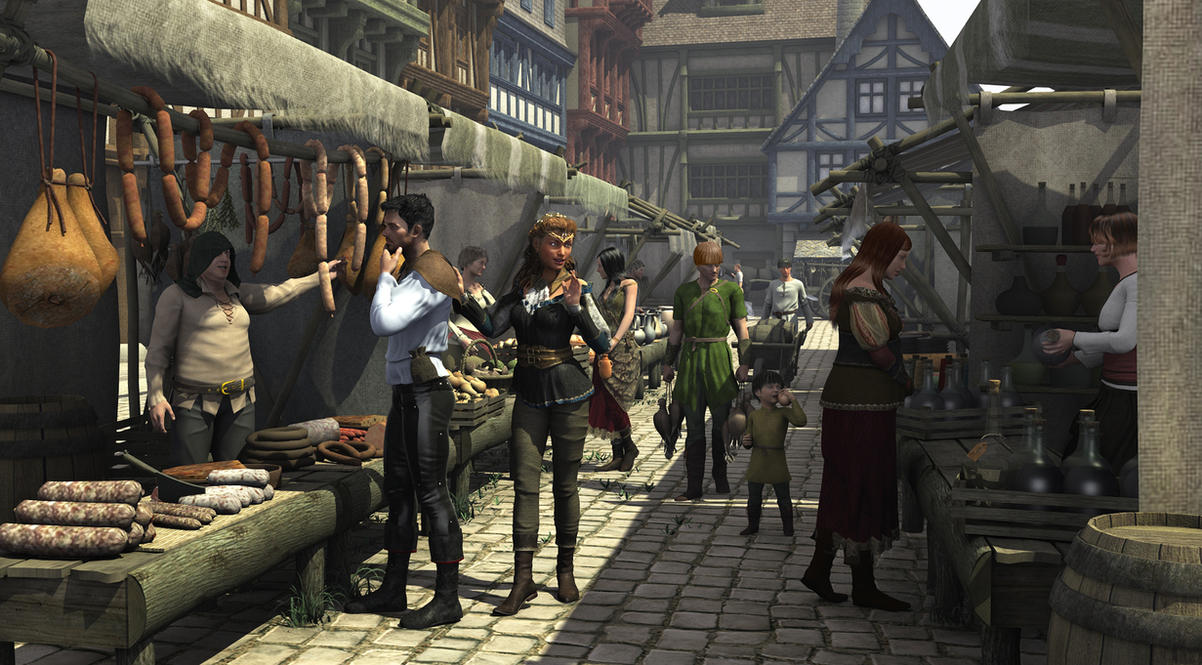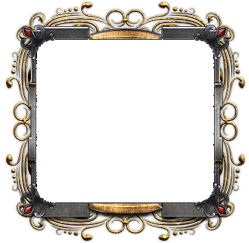Lore
PLEASE NOTE: Timeline of events are subject to change as more information is released. Lore is loosely tied into Vornairs, Free Kingdom Event, Count Daemon Redwyne's, Baron Zachariah Evrouin's, and Baron ZigSmash the Unyielding's.
The snow was melting in the mountaintops as the sun made its’ debut. Dark spruce forest frowned on either side of the frozen waterway. The trees had been stripped by a recent wind of their white covering of delicate powder, and they seemed to veer toward each other, luminous and aglow, in the ascending light. A vast silence reigned over the land. The land itself was a desolation, inert, without movement, so forsaken and cold that the feeling of it was not even that of sadness. It was the wild, the savage, the Draakonid.
In the beginning, or as early as researchers can decypher, the lands were divided into tribes, spread across the lands devoid of kingdoms. There was peace and tranquility among the tribes, but not among the lands, for the tribes faced a immense threat and common enemy. The continent was under perpetual peril from leviathan beasts. The formidable beasts were known as Draakonid, or “dragons” in today’s tongue. Above all other beasts, the Draakonid ravaged the lands like no other; laying siege to towns, and scorching villages. Nonetheless, one tribe’s affliction is another's blessing.
There stood a Neran tribe known as the Draakoni Kell, which translates to “The Dragon Watch,” although the neighboring tribes simply called them Draakoni. The Draakoni received contracts from around the continent to hunt and slay these ferocious beasts, and were well compensated. The Draakoni were exceptional at their profession, and as a result, draakonid, or dragons, were considered extinct early in the Fourth Age. Despite being declared extinct, the Draakoni knew there were bound to be others in hiding; biding their time.
With the dragon menace concluded, the Draakoni Tribe assembled the Vanemnõukogu (Vah-nim-no-ko-goo), or Elder Council. As the Nerans believed in the seven Vices and Virtues of faith, the Elder Council was comprised of seven elders from their respective great houses within the tribe. As per tradition, the council met for seven days, and seven nights in order to discuss the future of the tribe. The Draakoni Kell Tribe was made up of magnificent warriors, and often revered as the best in the lands at the time, for no other tribe dared to confront the dragons in combat. As a result of their prowess in combat, it was evident the tribe must pursue a future centralized around warfare. After adequate deliberation, the Elder Council decided to allocate an ample amount of finances, procured from centuries of contracts, to building a fortified encampment, from which they could establish a well equipped, standing army; one of the few modern armies in existence at the time.
The next matter, and most imperative, was deciding the future ruling house of the Draakoni Kell Tribe. The Chief Elder, having no male heirs to succeed, worried his age would allow the neighboring tribes to doubt his ability to lead such an army. As a consequence, a new ruling house needed to be chosen. The Chief Elder, forbidden from voting, listened to the outcry of support for two separate houses; the Brudvir House of Staghorn and the Neran House of Blackfyre. After hours of confabulation and deliberation, the official votes were in: 3 votes for House Staghorn, and 3 votes for House Blackfyre. In accordance with the Rules of Council, if by happenstance a vote for succession ends with a draw, the houses in question will fight, to the death, in what is known as succession by combat. The rules also state that should a house possess no suitable heir, the other house will win by default; if neither house possesses an heir, neither shall be considered for the position of Chief Elder. As killing off a great house would only weaken the tribe as a whole.
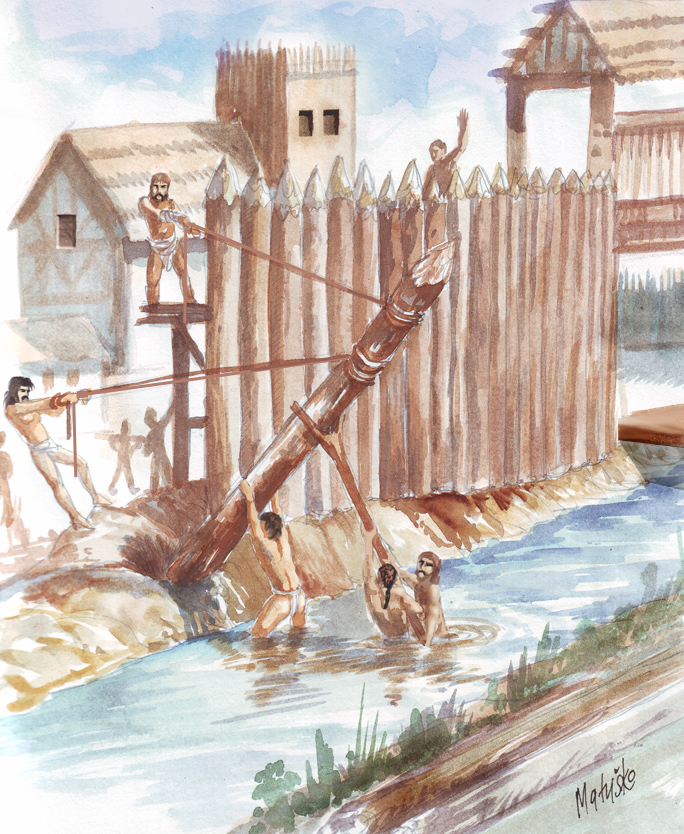
Construction began forthwith after winter in year 220 of the Fourth Age. The Draakoni planned on contracting warriors out to other tribes for defense and other needs, although they dismissed contracts that dishonored the Draakoni reputation. The Draakoni were exceedingly explicit that they were not mercenaries. Upon completion in the year 223, the Draakoni had already outfitted their army. In fact, the Draakoni had been fulfilling contracts for well-nigh a year.
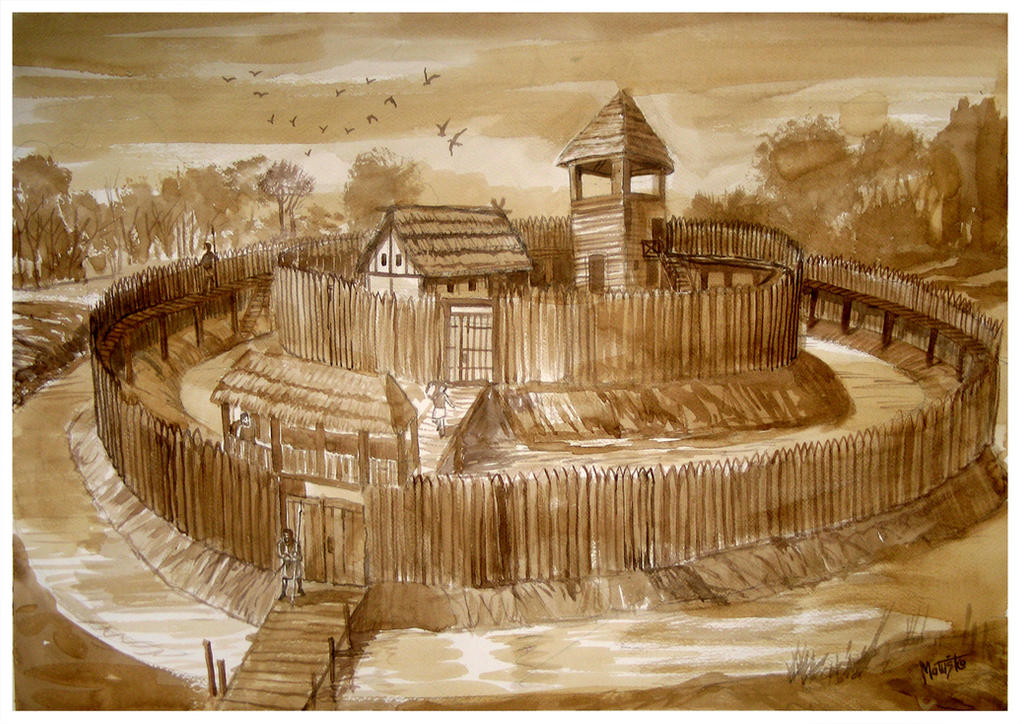 Completed the summer of 223-4A
Completed the summer of 223-4A
A fortnight after completion, the day had come for Hagrid Staghorn and Aegar Blackfyre to contest for the honor of their respective houses and the prominent position of Chief Elder of the Draakoni Kell Tribe. Ladies, gentlemen, warriors, and elders from around the lands traveled to the newly completed fortress. For not only was its size and beauty a spectacle to behold, but the succession by combat trial was the first to be held in half a century; an event very few living beings had witnessed. At last, the trial commenced.
Aegar Blackfyre, shield ready, slowly drew a long sword from his belt, the blade made a hissing whisper as it was removed from the sheathe. All the while, Hagrid Staghorn, dual battleaxe in hand, was holding Aegar firmly in his gaze. Dimly aware of the hush that befell the crowd, Aegar faced his opponent and waited. He would let Hagrid make the first move. Hagrid moved. Aegar jerked back, aside. The blow meant for his throat whizzed by in a blur of shimmering steel. From the corner of his eye, Aegar saw his opponent’s other arm begin an upward trajectory. He blocked this time, cracking his shield, and felt his hair ruffle with the force of it. Dropping to the ground, Aegar rolled clear and stood once more. Don't let him connect. Draw it out.
Hagrid charged with a roar like a raging bull. Aegar sidestepped, and whirled to face him. His opponent swung his mighty axe. The blow glanced off Aegar's breastplate, a sharp sting fading fast. In front of him, Hagrid grinned and swung again at his midsection. Avoidance was simple, but it couldn’t last forever. The crowd wanted action. They came for blood. Minutes passed with no contact, and Aegar felt pressure radiating from the crowd; a nearly audible chant: Fight!-Fight!-Fight! Aegar went on the offensive.
He lashed out, aiming for his opponent’s gut. Hagrid proved equally effective at defense, and Aegar’s blade met a fury of counters. Hagrid rushed at Aegar. He dipped and weaved, surprisingly agile for a Brudvir his size. Right as he was about to reach Aegar, he smashed downwards with both battleaxe. Aegar parried one with his sword, and blocked the other with his shield which shattered upon impact, sending the blade clashing against the metal strapped to Aegar’s arms with a shriek that sent sparks flying into the air. The swordsman was quick and uppercut slashed at the Brudvirian warrior, detaching his left hand. Hagrid screamed. "AHHHH!" Not in pain, but in anger. Quickly, before Hagrid could respond with a follow-up, Aegar swiftly ran his blade through his solar plexus; simultaneously securing his place as Chief Elder. It was on this day that Aegar’s legendary blade became known as Staghorn’s Sorrow, and is still passed down to this day.
The lands changed a great deal over the next decade as tribes began to grow and consolidate, forming larger settlements, often ruled by a sole individual. The remaining tribes became known as the scattered lands. Later came titles, bestowed to those in charge of these consolidated lands, such as “Mayor, Baron, Count, and Duke;” then came the “Kings.” Once the formation of Kingdoms commenced, humanity took a turn for the worse. Greed became prevalent within the ranks of nobility and aristocracy, which only incited bloodshed across the lands between kingdoms. As a result of the looming conflict and battles, Aegar Blackfyre and the other tribes had more contracts than they could carry out, and more wealth than they could expend. Once more the Draakoni launched an expansion of their fortress, but with their newfound prosperity, the Draakoni decided to employ adept Hrothi blacksmiths and masons to reconstruct their fortress.
As time went on, the tribes across the Scattered Lands flourished and thrived. However, all good things must come to an end, and in the year 480, things went horribly wrong. The long winter had brought a new sickness to the lands, the Cold Plague; more deadly than the dragons ever were. The Cold Plague was a fatal and persistent disease that spread and raged for several years in the Scattered Lands; especially in the areas nowadays known as the Duchies of Fehu, Zylphania and the Stormlands. Chroniclers have estimated that while in most areas the plague killed between five and fifteen percent of the population, in the pre-mentioned Duchies, the casualties were over fifty percent. Many Clans were wiped from existence completely and towns abandoned. The Cold Plague maintained its hold over the scattered lands for five years, until a Maester created a cure; earning him eternal fame amongst the Maesters.
Approximately two centuries later, in the year 671 of the Fourth Age, the continent descended into darkness due to the aspirations of the Mad King of Xelias to become emperor of all known lands of Elyria. Enslaving men, women, and children, he dispatched anyone capable of wielding a sword to the far reaches of his empire. After the occupation of Bordweall, the Crazed King set his eyes upon the scattered tribes, and began to relentlessly attack from as many fronts as conceivable. Donau, the capital city of The Arbor, being located at the mouth of the giant river that connected the capital city of Xelias to the High Seas, was one of the first to see troops upon her doorstep. The surprise attack on Donau had nearly overwhelmed them, but her people were fierce and loved their home, and fought back with all they had. It took Xelias nearly a year before the people of The Arbor were defeated and pushed inland.
Hearing news regarding the downfall of the capital city Donau, Aemon Blackfyre of the Draakoni Kell Tribe mustered his standing army and marched toward the coastal seat of war. Bound for Donau, the Draakoni came upon the remaining forces of The Arbor, and the monks of the Iron Way, now known as IronCall. Upon arrival at Donau, the Arbor’s forces filled the remaining river boats that they possessed and filled them with their most alluring and proficient lady bards, and sent them down the coast and to the river. As their voice and songs filled the camps and stolen homes of Donau the remaining fighters of The Arbor laid in wait, ready for the ambush. When the enemy had all but been entranced by the beautiful women and their voices, they struck. Concurrently, the Monks split into two fronts, now notorious as the Hammer and the Anvil, they worked to flank the invading troops and managed to split the supporting forces in half; protecting The Arbor’s forces from a rear attack. With the monks flanking the enemy forces, the Draakoni launched a frontal assault, and together, the three forces drove the invaders back to Xelias.
The Maniacal King’s conquest continued for twenty five years, until 696, when his surviving forces were spread too thin, a coup erupted and the king was defeated. The Deranged King’s empire plunged into years of chaos. After the fall, the tribes of the scattered lands banded together and became the current day Kingdom of Vornair. Following the war, the newly found Duchy of the High Seas, one of the twelve Dukes of the Round, awarded numerous titles and settlements to those tribes who fought valiantly and contributed to the defeat of the Mad King of Xelias. Considering the Draakoni Kell tribe already owned a fortress, the Duke awarded the Chief Elder, Aemon Blackfyre, descendant of Aegar Blackfyre, the title of Baron and a family Coat of Arms. The Blackfyre Coat of Arms features a dragon to symbolize the Draakoni Tribe’s history, and a Stag to represent the great trial by which House Blackfyre secured their seat of power. No longer a tribe, the Draakoni Kell, or “The Dragons Watch,” renamed their barony Dragonwatch and still safeguard the Duchy of the High Seas today.

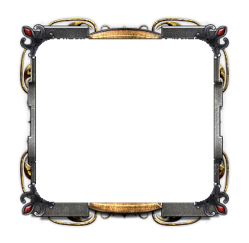


 Special shoutout to
Special shoutout to 